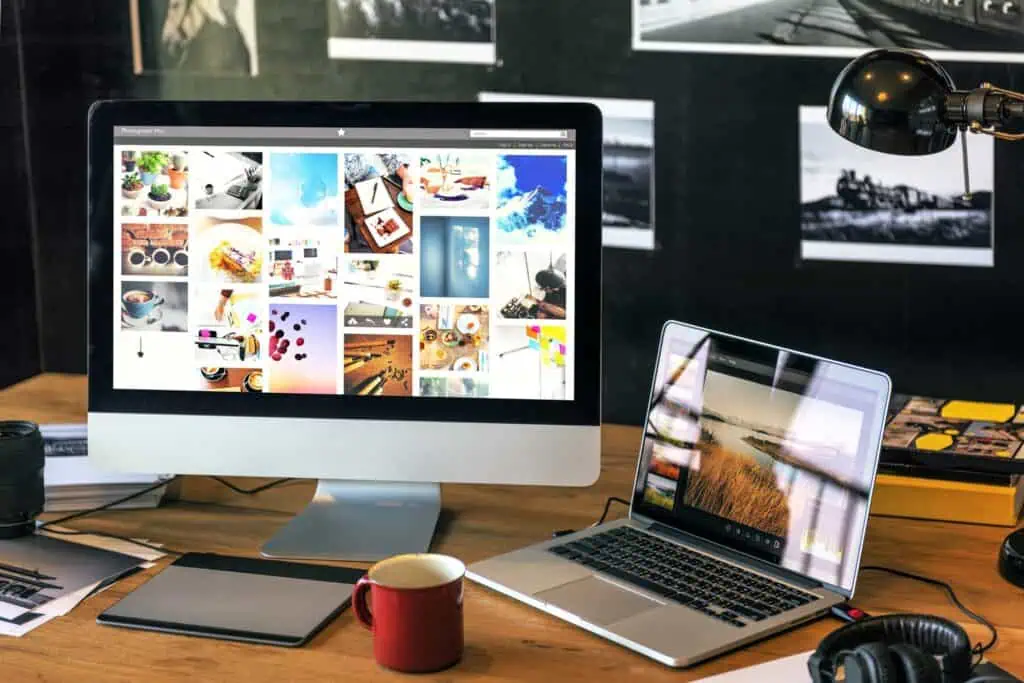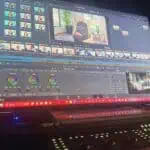Standing out online takes more than being present. The digital space is fast-moving, competitive, and incredibly visual. Web design features that help brands succeed in busy markets do more than make a site attractive—they solve user challenges and shape behavior. “When your layout speaks louder than your pitch, it should guide the user with clarity and purpose,” explains the team at OverDrive Digital Marketing.
1. Memorable branding through tailored design
Brands with distinctive design hold user attention longer. A subscription coffee retailer revamped its interface with unique typefaces, neutral tones, and hand-drawn illustrations—user retention improved within weeks. Strong branding creates recognition and builds credibility.
- Personalized visuals make the experience recognizable
- Icon sets and design flourishes add personality
- Unified branding across devices improves trust
2. Interactive details improve navigation flow
Microinteractions help users understand what to do next. A strategy firm added hover animations, expandable tabs, and real-time transitions—session length increased significantly. Responsive feedback makes browsing feel intuitive.
- Motion-based cues guide attention to key areas
- Click or tap effects confirm actions
- Animated content reveals make discovery easier
3. Personalized layouts boost engagement
Adaptive design tailors content to users’ needs. An online bookstore personalized home screens based on visitor behavior, and both dwell time and purchase volume rose. Relevant content invites deeper browsing.
- Browsing-based layout updates increase value
- Adaptive messages improve relevance on repeat visits
- Dynamic blocks showcase more appropriate content
4. Mobile-first layouts improve experience quality
Optimized mobile sites support users who browse during travel, breaks, or daily tasks. A hospitality group redesigned its mobile views with larger buttons, simplified form steps, and faster-loading content—completion rates doubled.
- Responsive grid adapts to every screen size
- Minimal navigation reduces clutter
- Mobile-friendly forms lead to better follow-through
5. Visual structure improves scanning behavior
Well-designed layouts help users find what they want faster. A SaaS company redesigned pages with clearer headings, grouped actions, and color-coded sections—confusion dropped significantly.
- Bold headers and subtitles increase clarity
- Grouped actions support goal-driven browsing
- Contrasting tones guide the visual path

6. Component libraries simplify consistency
Teams designing at scale depend on standard systems. An educational brand built a library of modules that followed shared visual rules—it sped up new projects and reduced feedback loops.
- Standardized buttons and banners reduce misalignment
- Modular systems speed up rollout and testing
- Shared design language cuts approval delays
7. SEO-focused layout increases organic traffic
Clean code and smart structure help search engines better understand content. A skincare brand corrected broken tags, improved internal links, and optimized its layout flow—organic traffic rose quickly.
- Semantic tags improve crawl accuracy
- Structured content supports fast indexing
- Accessible visuals reduce SEO penalties
8. Accessible design broadens usability
Design that includes more people performs better. A retail site added clearer contrast, keyboard shortcuts, and screen reader cues—bounce rates declined.
- Legible contrast improves readability for all users
- Tab-friendly structure supports multiple input styles
- ARIA roles make navigation smoother for assistive tools
9. Conversion-focused layouts drive outcomes
Smart design leads people to take action. A software platform restructured its feature pages with trust icons, visual steps, and simplified comparisons—conversions improved by over 35%.
- Visual direction steers attention to key actions
- Step indicators create confidence in longer forms
- Content breaks reduce overwhelm
10. Story-led visuals build emotional impact
Design that evokes emotion is more memorable. A tour company used immersive imagery, mood-based color schemes, and video backgrounds to draw users in—repeat visits and shares increased.
- Lifestyle photography adds emotional context
- Color themes connect with user intent
- Visual media enhances story retention

Key takeaways on web design features that drive results
Effective design supports navigation, speeds up decision-making, and builds trust. The strongest brand sites focus less on decoration and more on helping people move with ease. Each of these ten features improves how a brand is remembered, explored, and revisited.
- Distinct visuals increase brand memory and trust
- Interaction design improves usability and time on site
- Adaptive layouts support user needs in real-time
- Responsive design ensures mobile usability and speed
- SEO and accessibility enhance discoverability and reach
Frequently Asked Questions About Web Design Features That Help Brands Get Noticed
Why is strong visual identity so effective for digital engagement?
Visual consistency creates comfort, which encourages longer visits and return traffic.
How do interaction cues influence user behavior?
They show progress, signal success, and prevent confusion—all of which reduce frustration.
What types of personalization are easiest to implement?
Simple changes like showing recently viewed items or adapting homepage layouts based on activity can make a big difference.
Which mobile features tend to hurt the user experience?
Buttons that are too close together and forms that require zooming often drive users away.
Why do emotional visuals improve retention?
Emotion increases memory. When people feel connected to a brand, they’re more likely to return.







